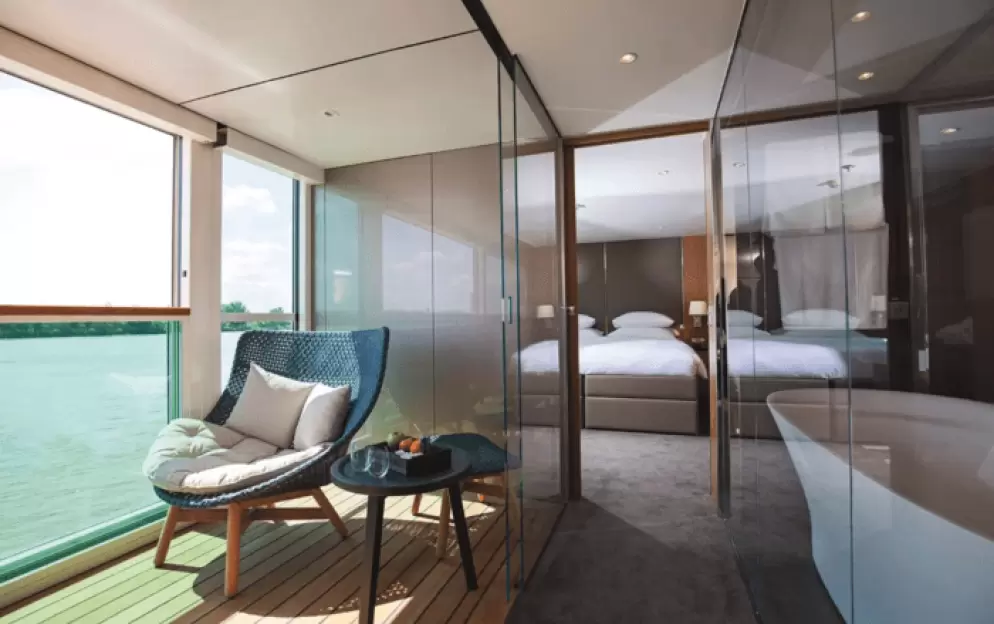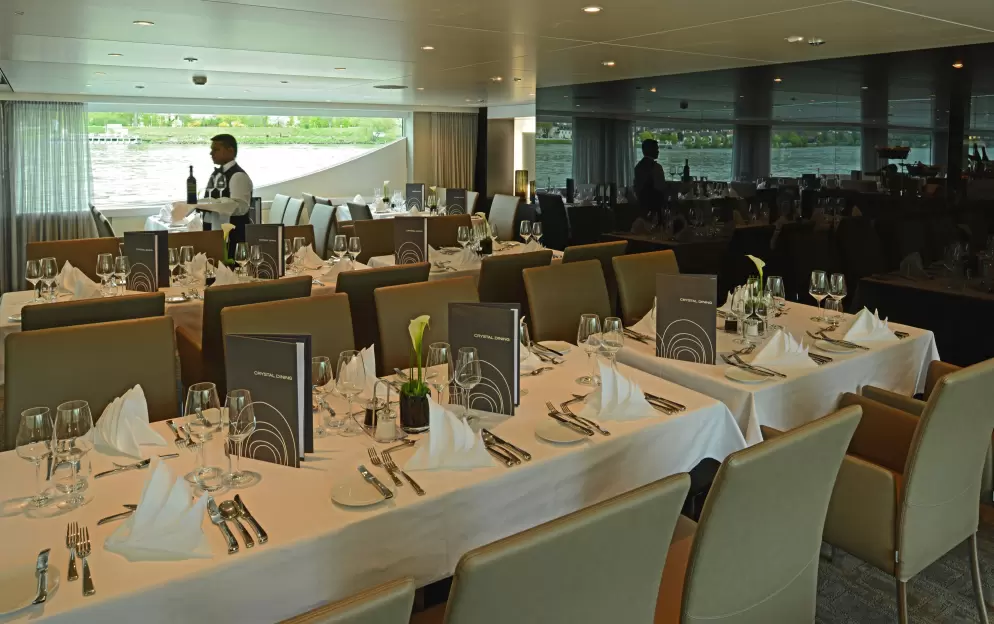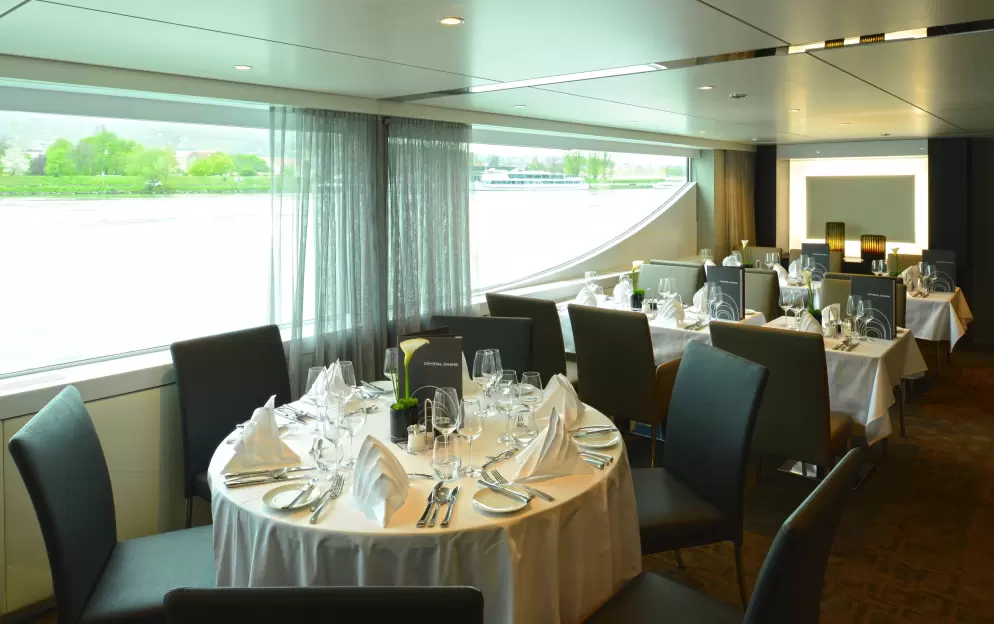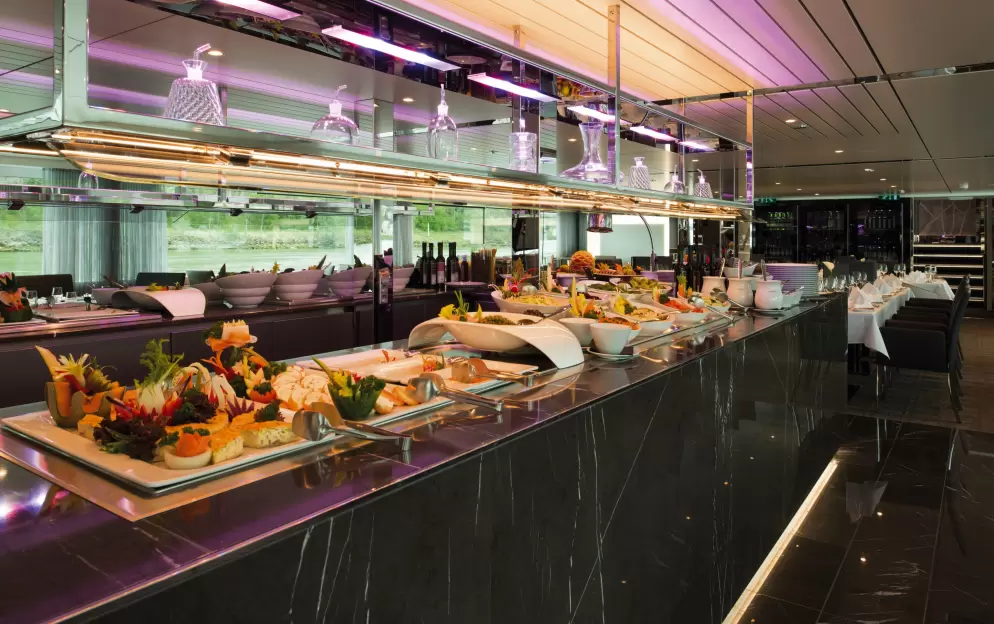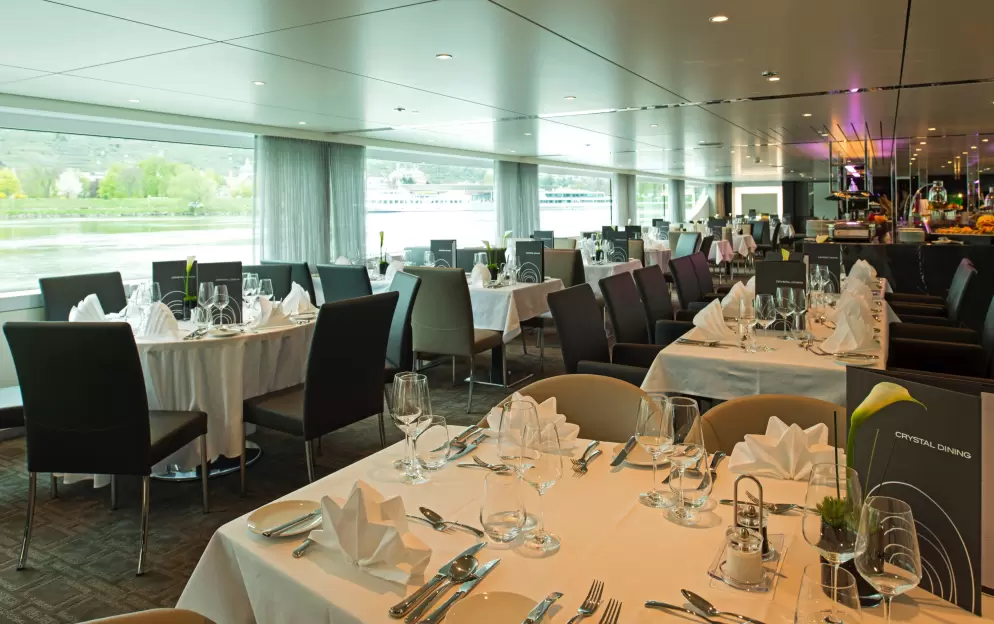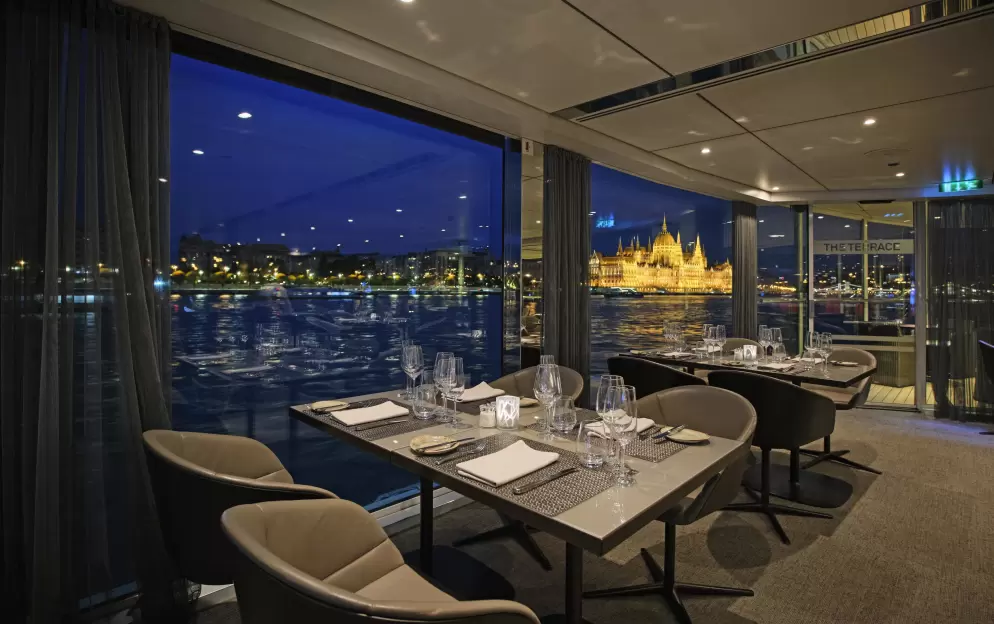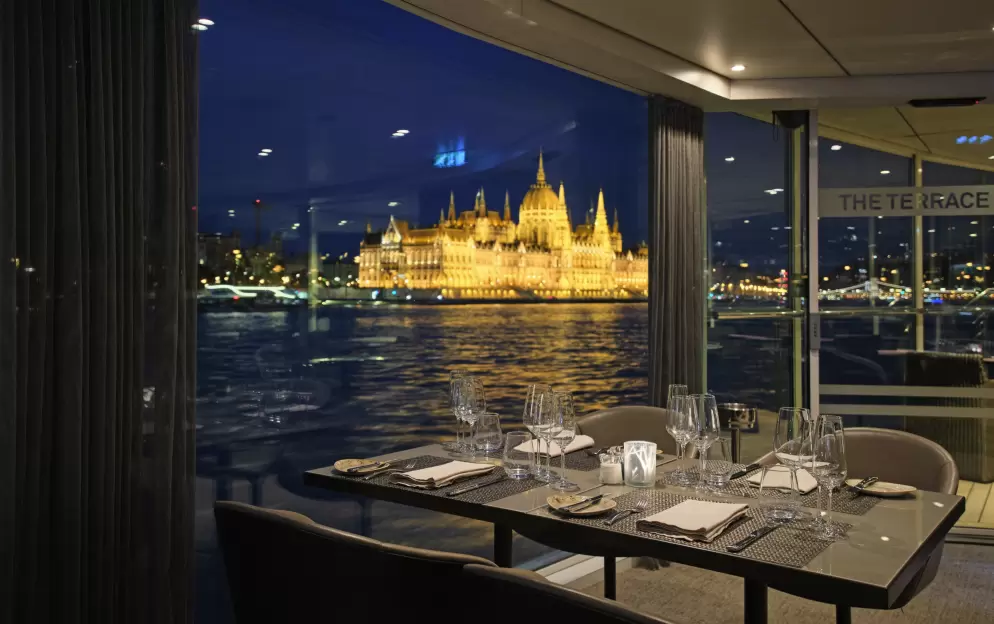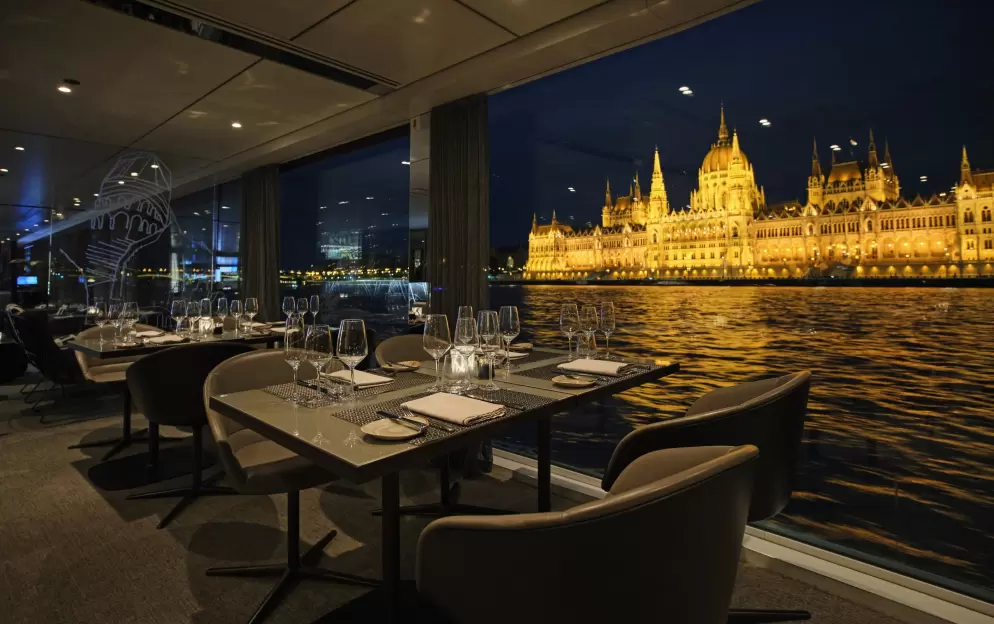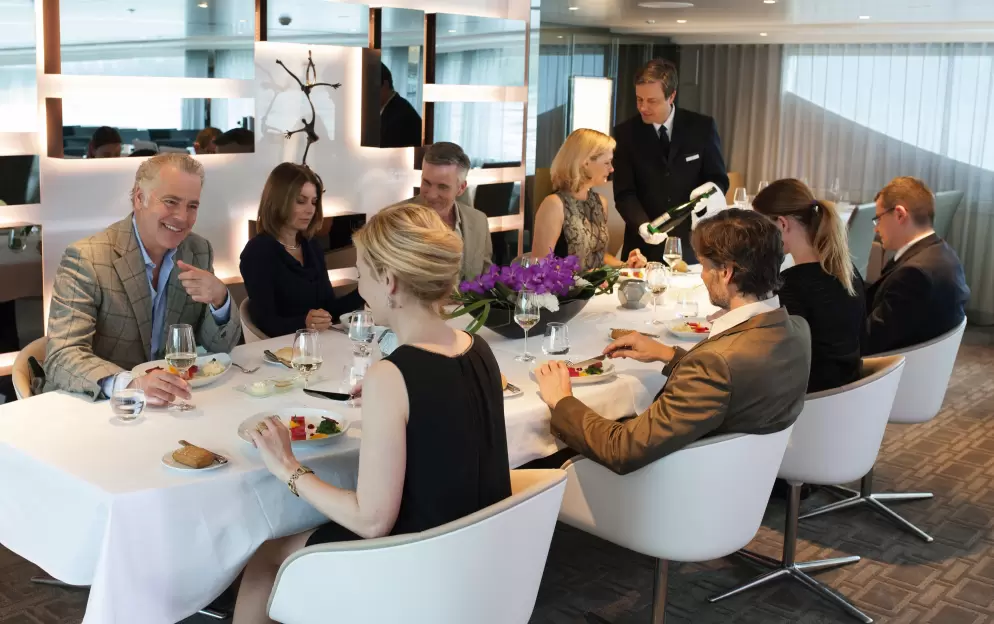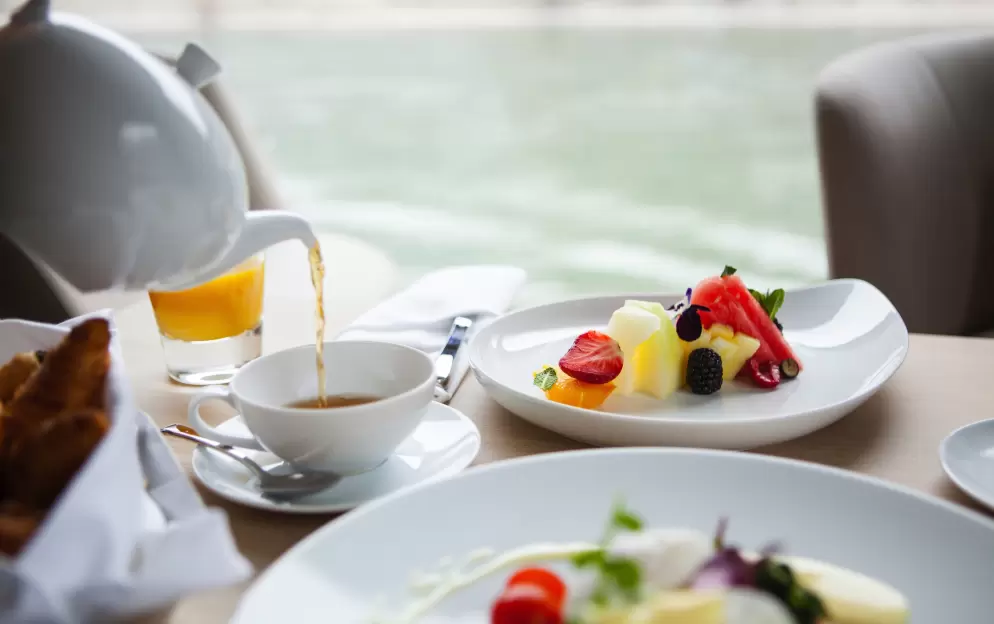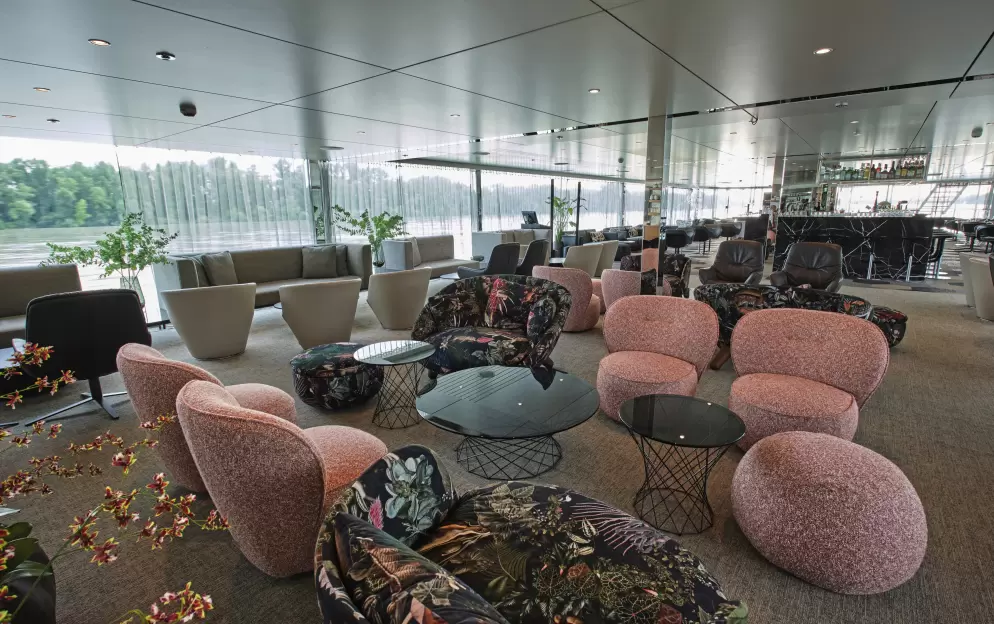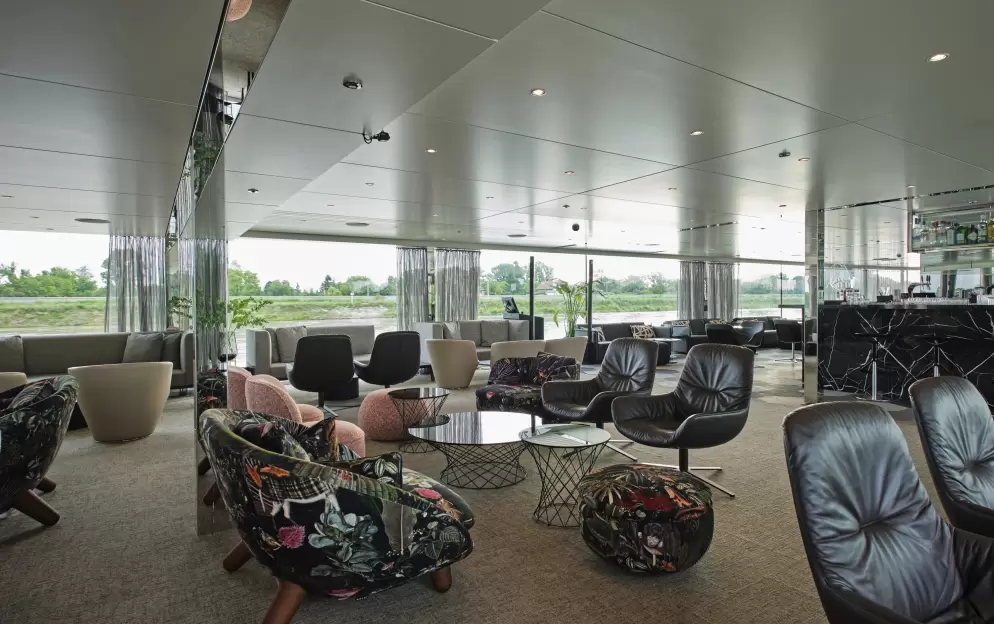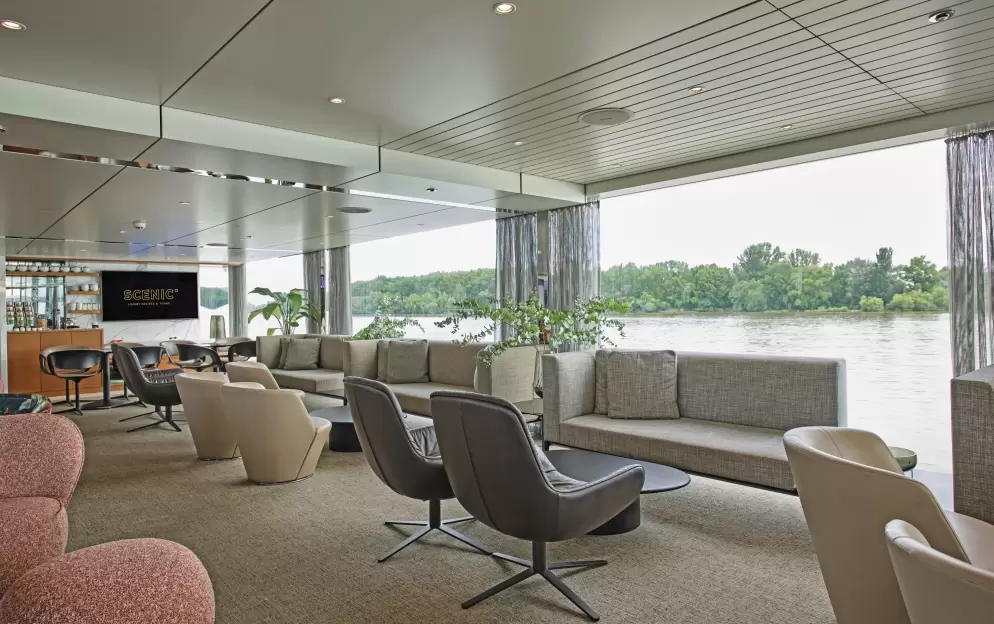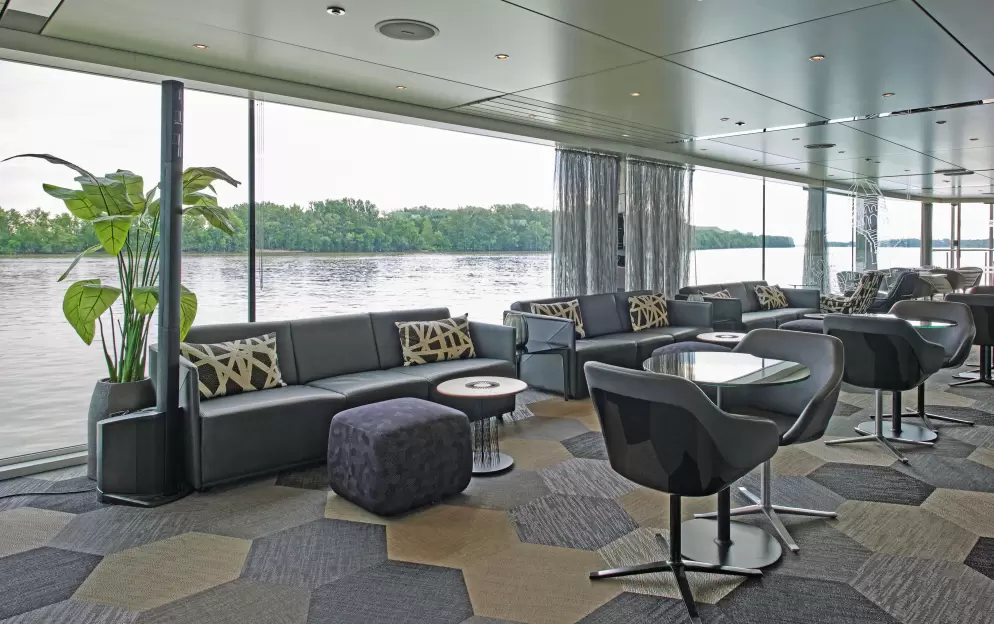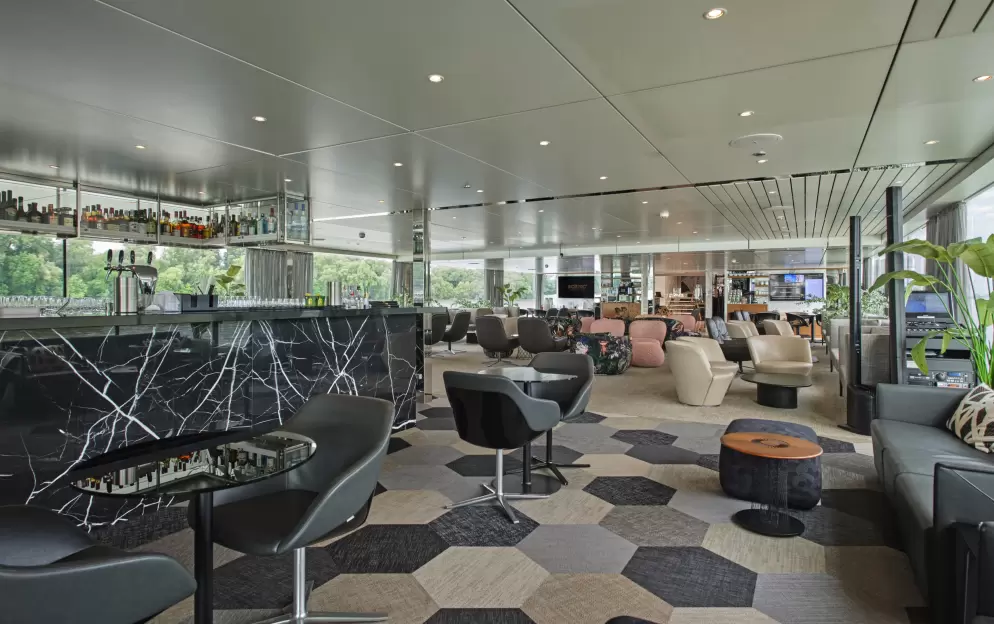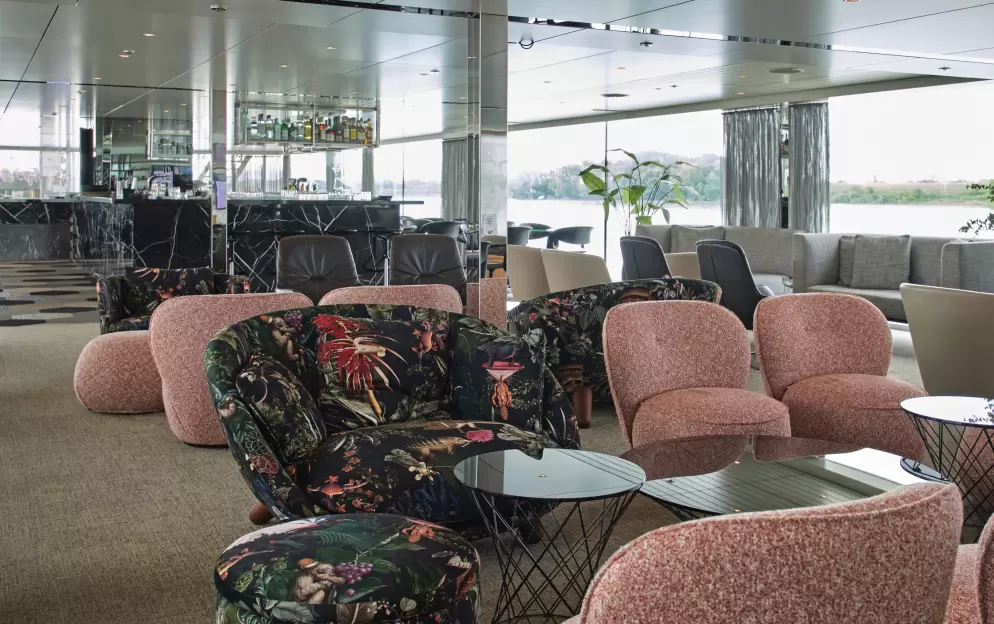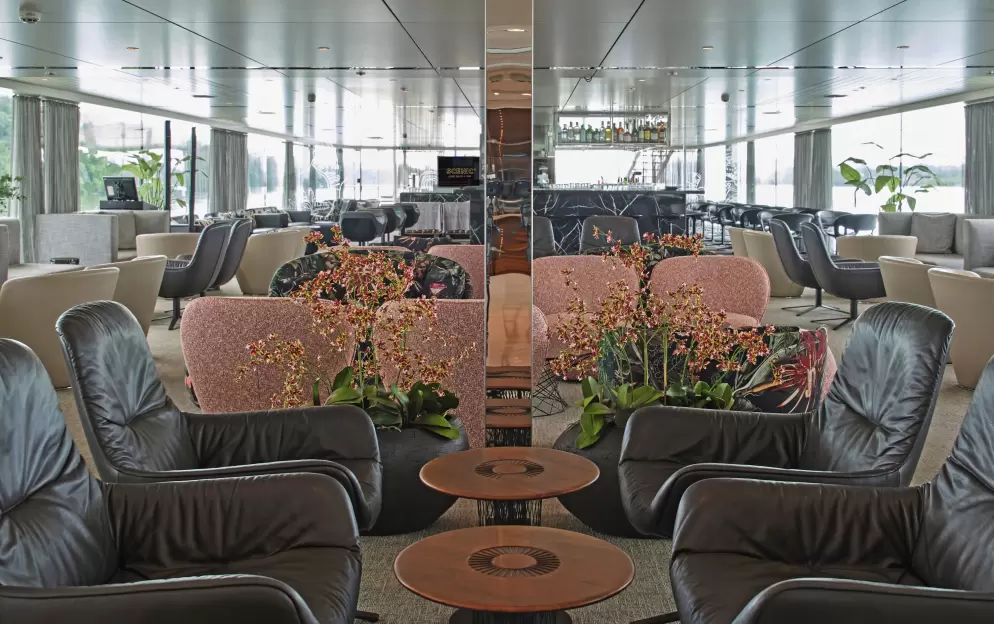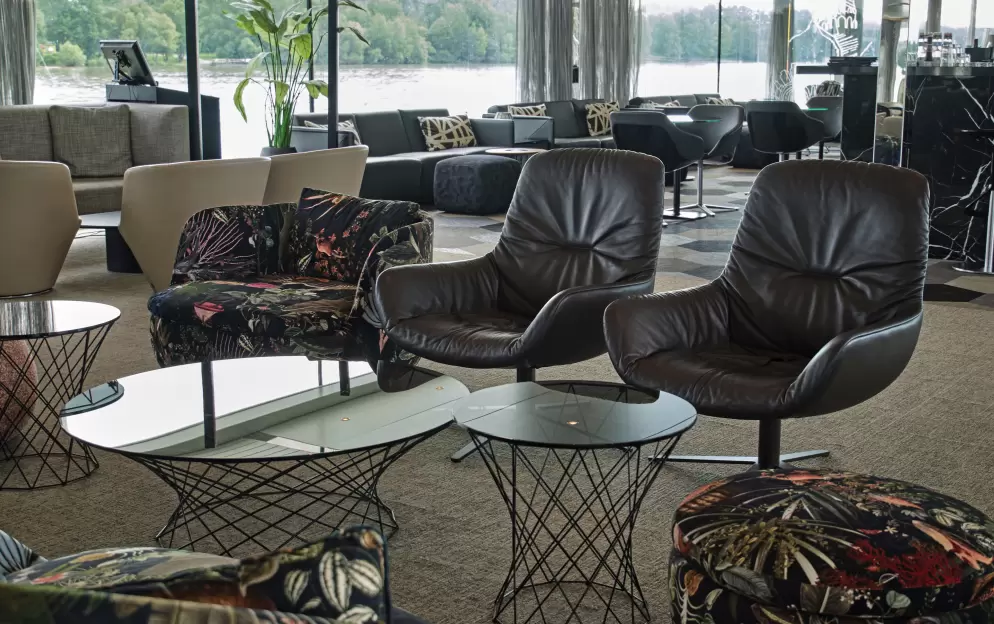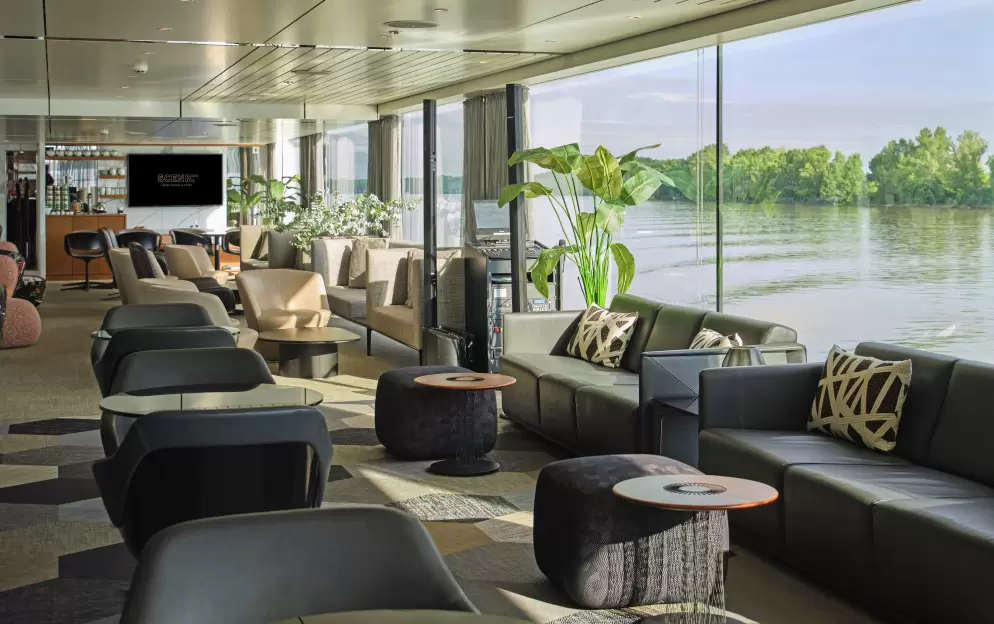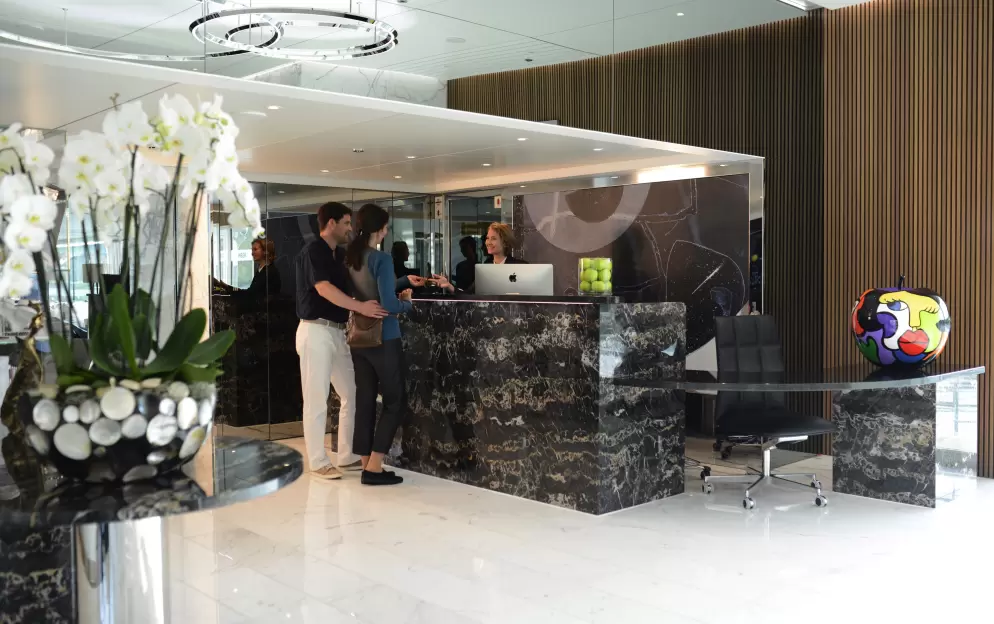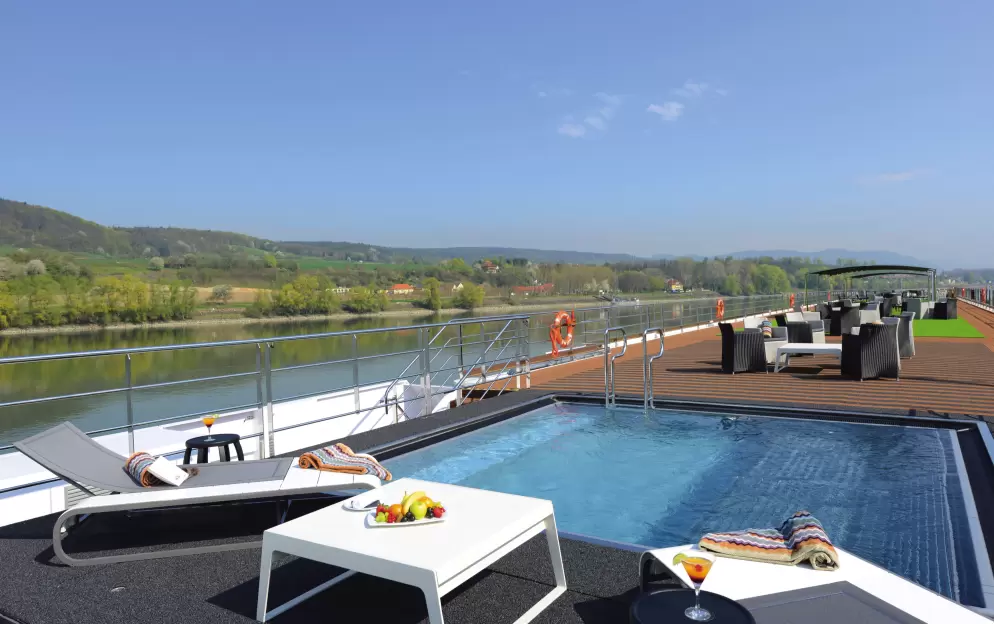Amsterdam is a treasure trove of architectural beauty, masterpiece-filled galleries, tranquil scenes of boats putting along 16th century canals, narrow cobbled laneways filled with boutiques and cafes, and streets busy with cyclists criss-crossing their way about town. Often referred to as the Venice of the North, much of the UNESCO-listed canal system exists today as it did hundreds of years ago, lined with well-preserved canal houses and intersected by charming bridges.
Scenic Freechoice:
This afternoon, choose one of the following Scenic Freechoice experiences:
Canal cruise : Amsterdam has more than 100 kilometres of canals and today you will see some of the prettiest sights of the city from these historical waterways. This one-hour cruise takes you along the Gentleman’s Canal, where you will see The Skinny Bridge and The Prince’s Canal, which was known for its warehouses and common people. You will go past the Old Lord Mayor’s House, The Seven Bridges, Anne Frank’s House and head to the Brewer’s Canal. As the historic centre glides past, you can admire the elegant merchant’s residences, churches and warehouses dating from the Golden Age.
City walking tour: Explore the Dutch capital on foot and see the city highlights while tasting some delicious local treats. Pickled herring, a favourite street food, tasty cheeses and mouth-watering Poffertjes (traditional fluffy bite-sized pancakes) are some delicacies you'll savour.
Excursion to Schermerhorn & Alkmaar: Step outside of Amsterdam to visit the village of Schermerhorn, home to authentic windmills dating back to the 16th century. Take in the idyllic views of the sweeping Dutch countryside and learn about the importance of the windmills. You will also head to Alkmaar, a charming town with historic buildings and picturesque canals, also known as ‘the city of cheese’.
Amsterdam combines the unrivaled beauty of the 17th-century Golden Age city center with plenty of museums and art of the highest order, not to mention a remarkably laid-back atmosphere. It all comes together to make this one of the world's most appealing and offbeat metropolises in the world. Built on a latticework of concentric canals like an aquatic rainbow, Amsterdam is known as the City of Canals—but it's no Venice, content to live on moonlight serenades and former glory. Quite the contrary: on nearly every street here you'll find old and new side by side—quiet corners where time seems to be holding its breath next to streets like neon-lit Kalverstraat, and Red Light ladies strutting by the city's oldest church. Indeed, Amsterdam has as many lovely facets as a 40-carat diamond polished by one of the city's gem cutters. It's certainly a metropolis, but a rather small and very accessible one. Locals tend to refer to it as a big village, albeit one that happens to pack the cultural wallop of a major world destination. There are scores of concerts every day, numerous museums, summertime festivals, and, of course, a legendary year-round party scene. It's pretty much impossible to resist Amsterdam's charms. With 7,000 registered monuments, most of which began as the residences and warehouses of humble merchants, set on 160 man-made canals, and traversed by 1,500 or so bridges, Amsterdam has the largest historical inner city in Europe. Its famous circle of waterways, the grachtengordel, was a 17th-century urban expansion plan for the rich and is a lasting testament to the city’s Golden Age. This town is endearing because of its kinder, gentler nature—but a reputation for championing sex, drugs, and rock ’n’ roll does not alone account for Amsterdam's being one of the most popular destinations in Europe: consider that within a single square mile the city harbors some of the greatest achievements in Western art, from Rembrandt to Van Gogh. Not to mention that this is one of Europe's great walking cities, with so many of its treasures in the untouted details: tiny alleyways barely visible on the map, hidden garden courtyards, shop windows, floating houseboats, hidden hofjes(courtyards with almshouses), sudden vistas of church spires, and gabled roofs that look like so many unframed paintings. And don’t forget that the joy lies in details: elaborate gables and witty gable stones denoting the trade of a previous owner. Keep in mind that those XXX symbols you see all over town are not a mark of the city's triple-X reputation. They're part of Amsterdam's official coat of arms—three St. Andrew's crosses, believed to represent the three dangers that have traditionally plagued the city: flood, fire, and pestilence. The coat's motto ("Valiant, determined, compassionate") was introduced in 1947 by Queen Wilhelmina in remembrance of the 1941 February Strike in Amsterdam—the first time in Europe that non-Jewish people protested against the persecution of Jews by the Nazi regime.

































